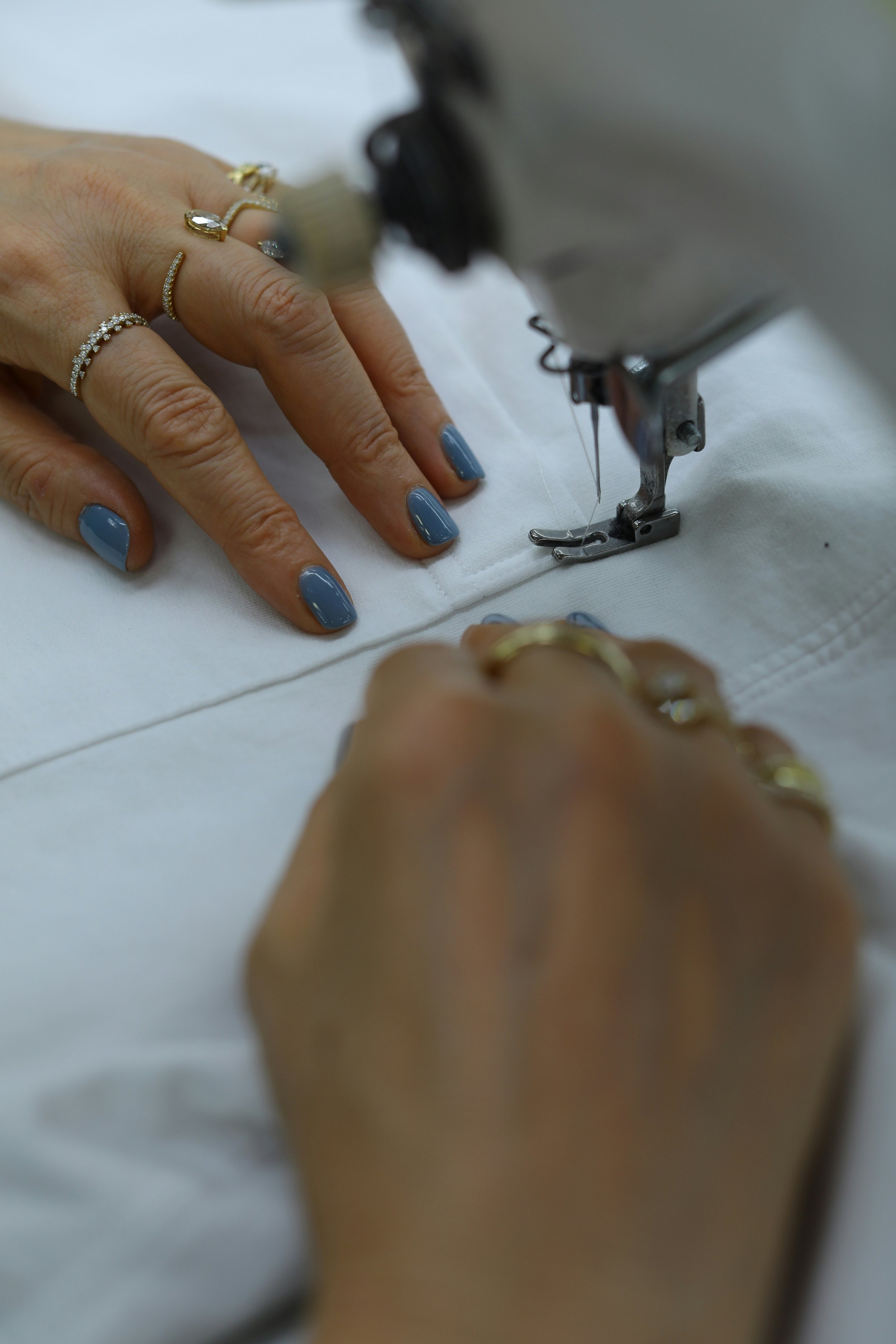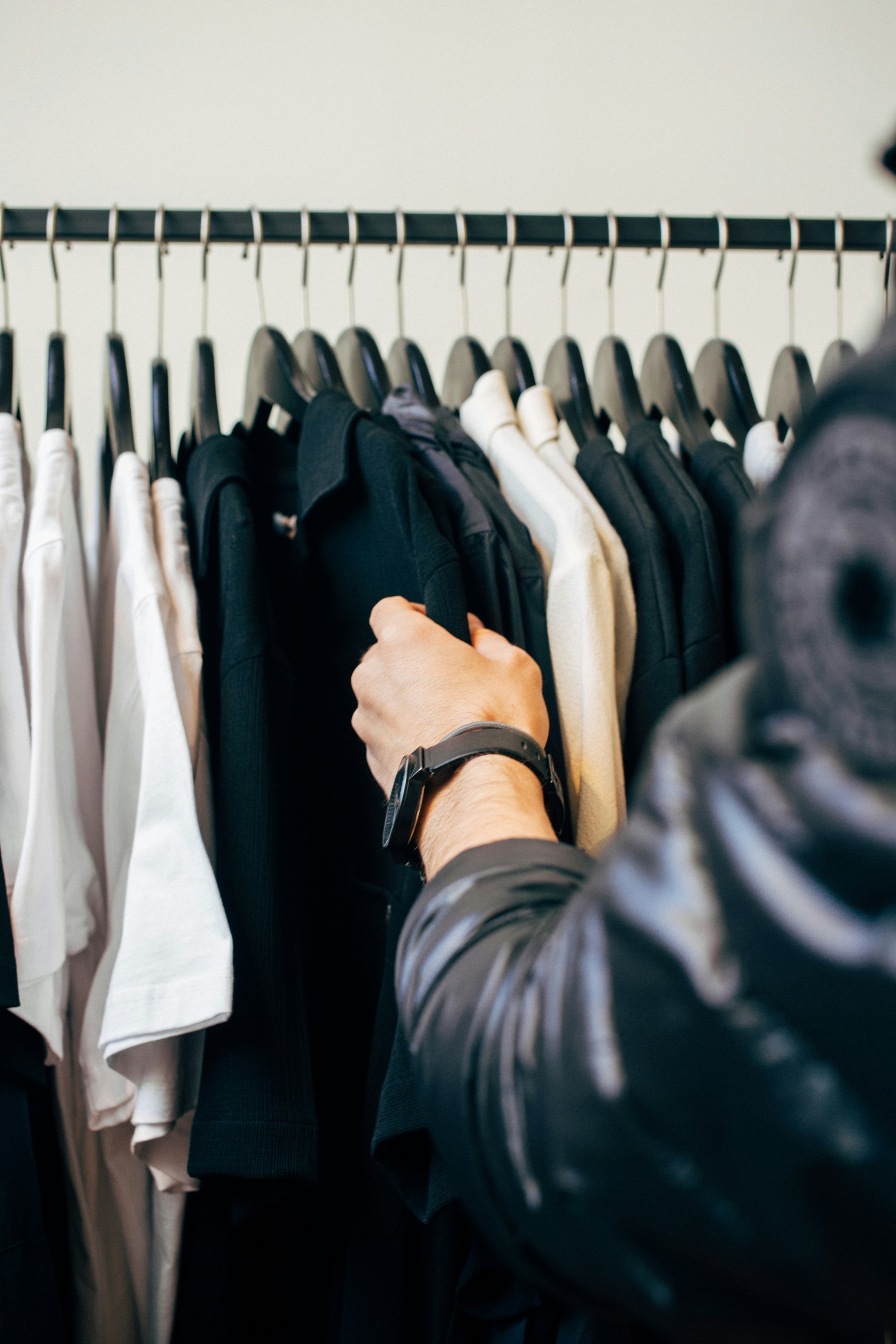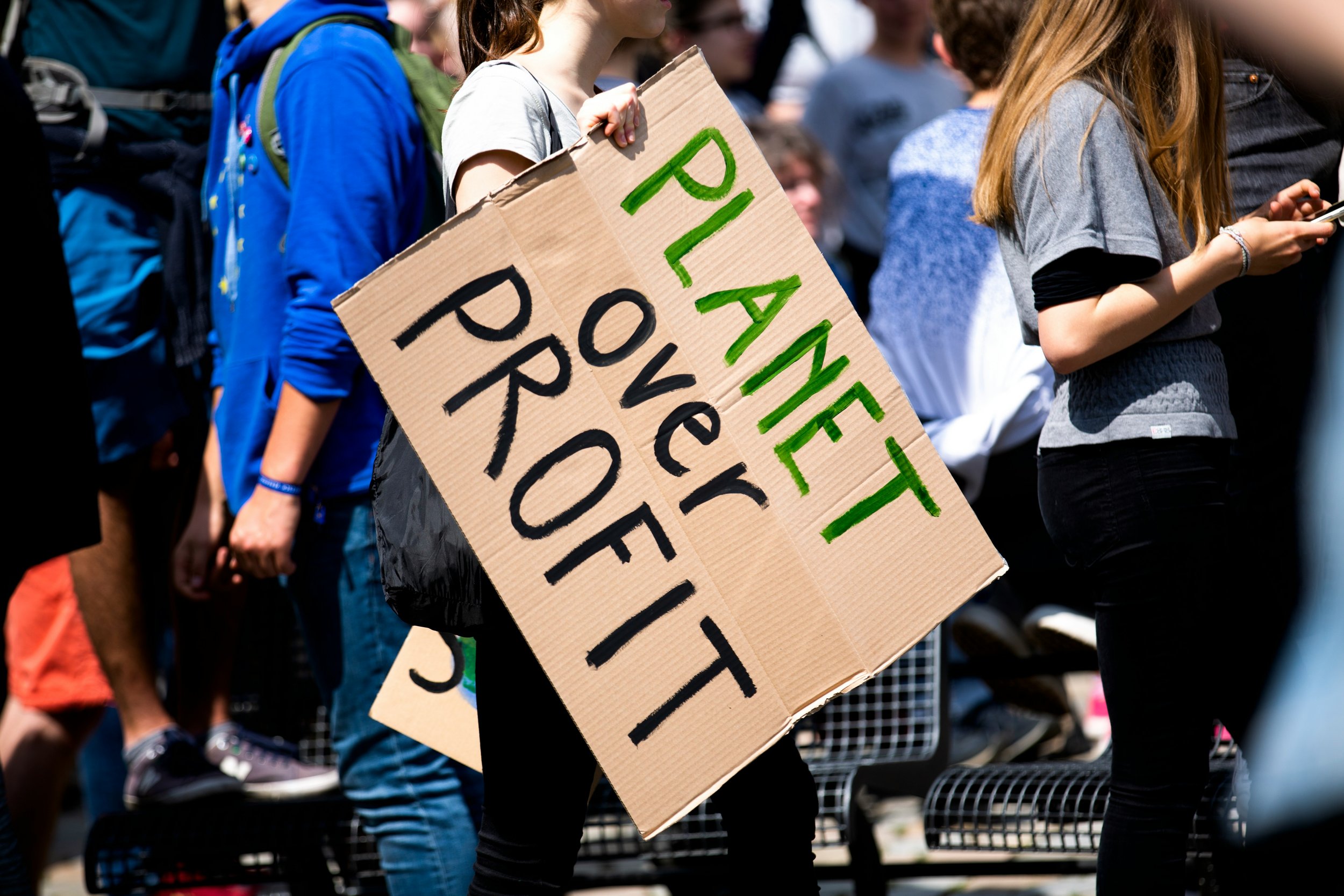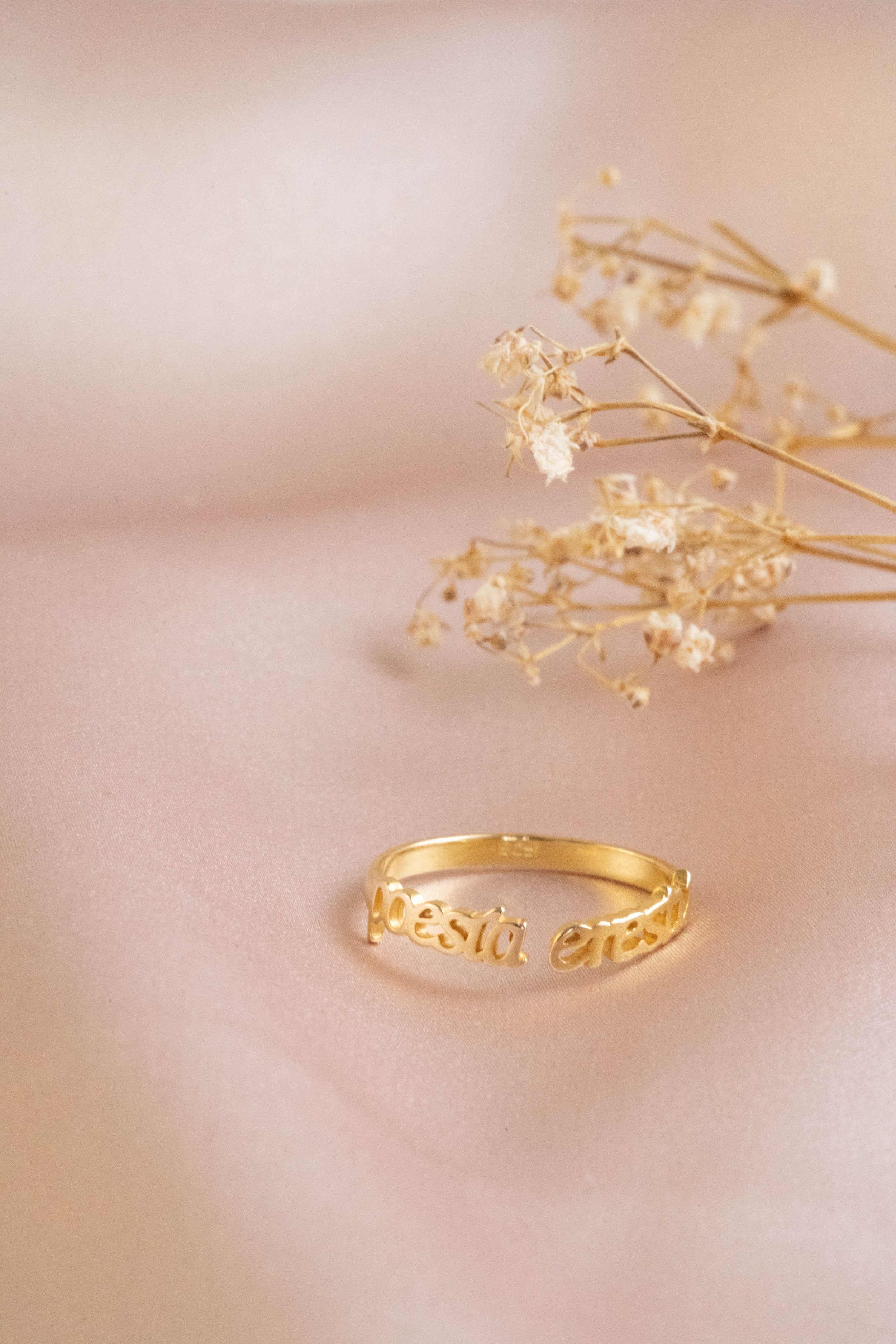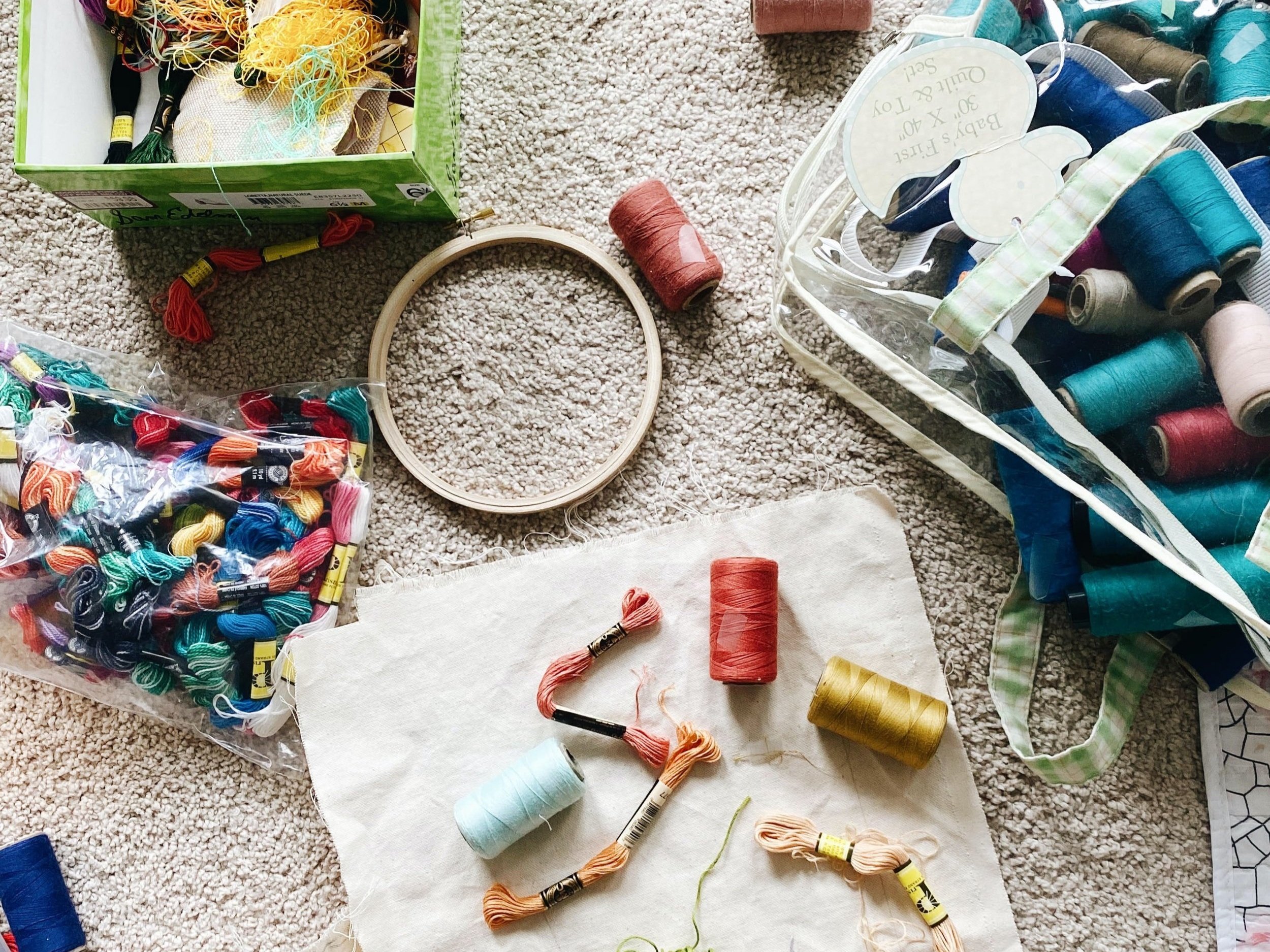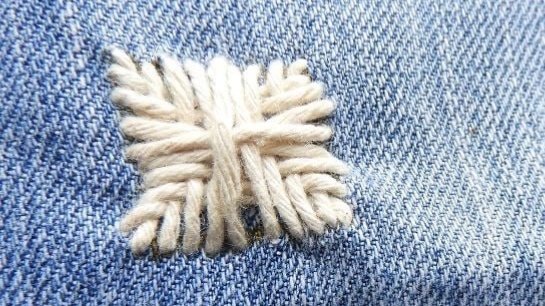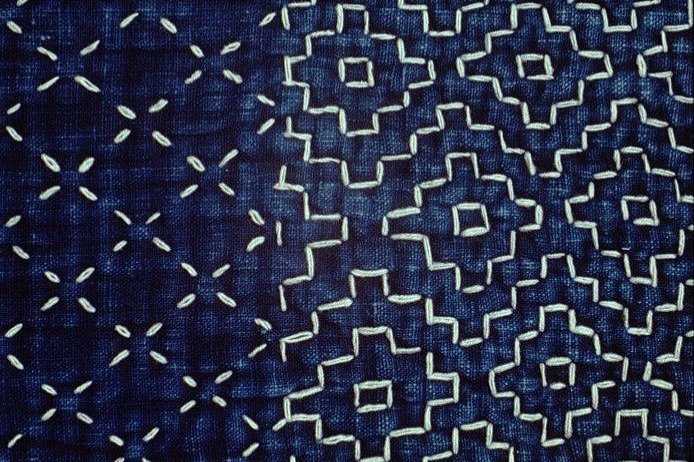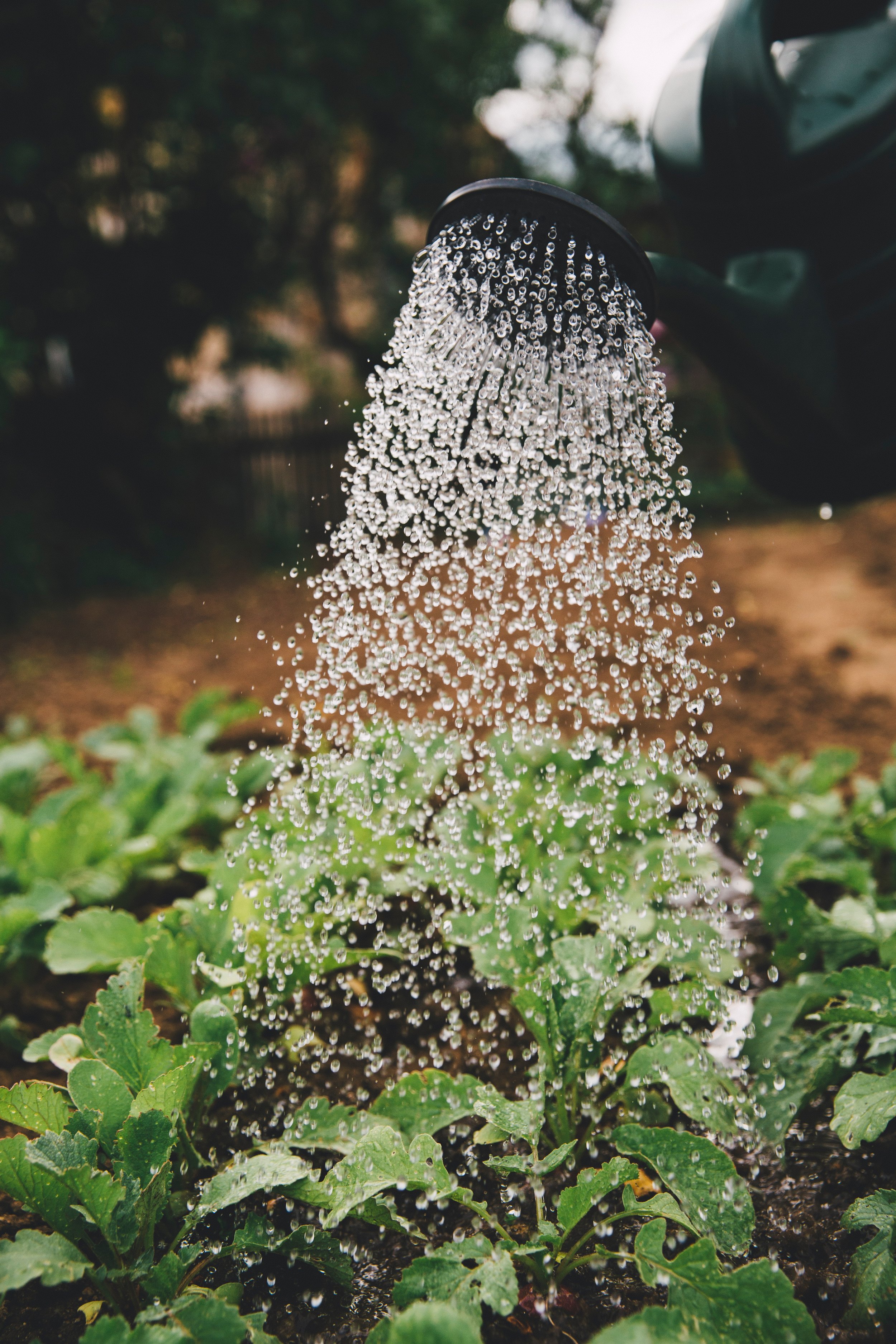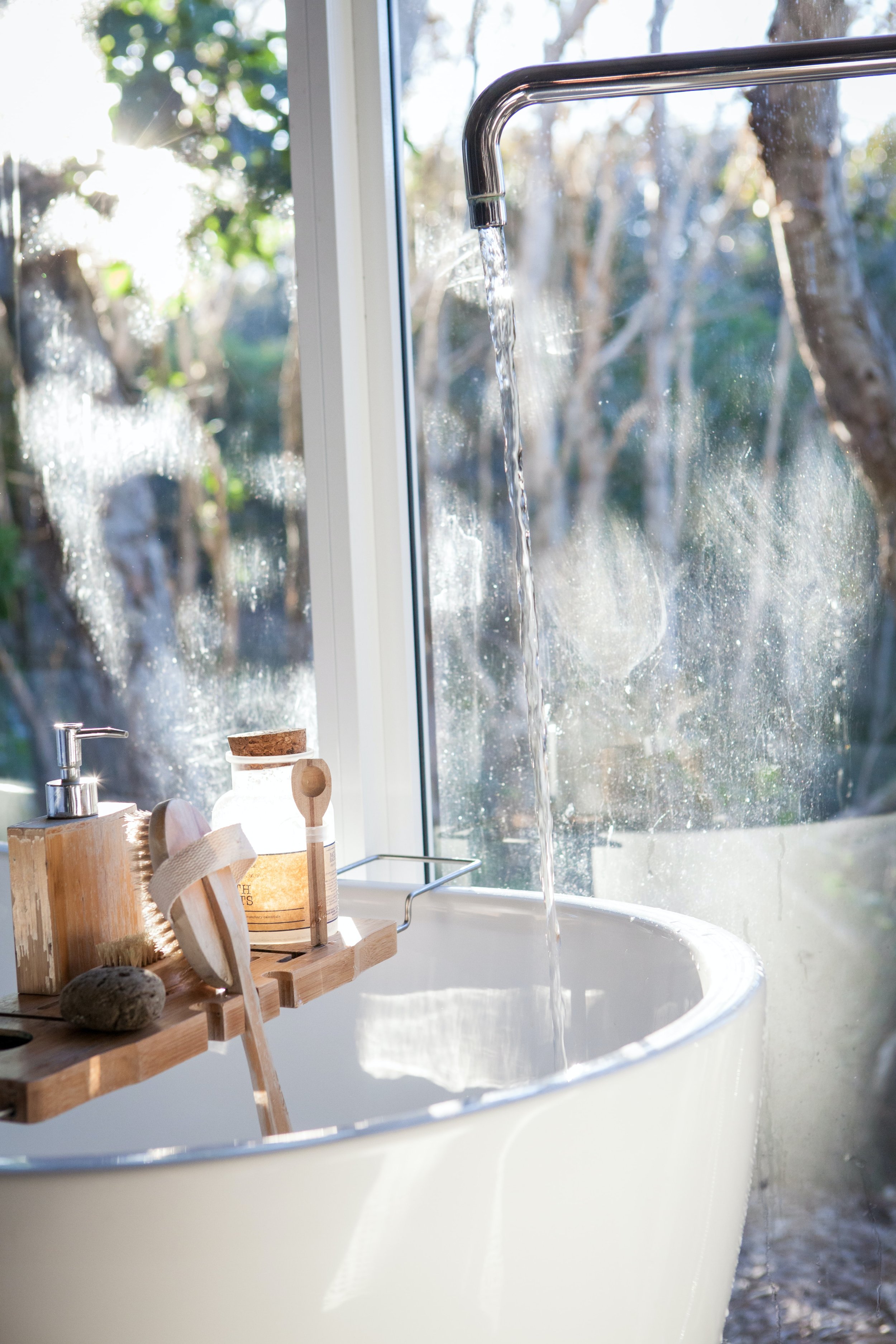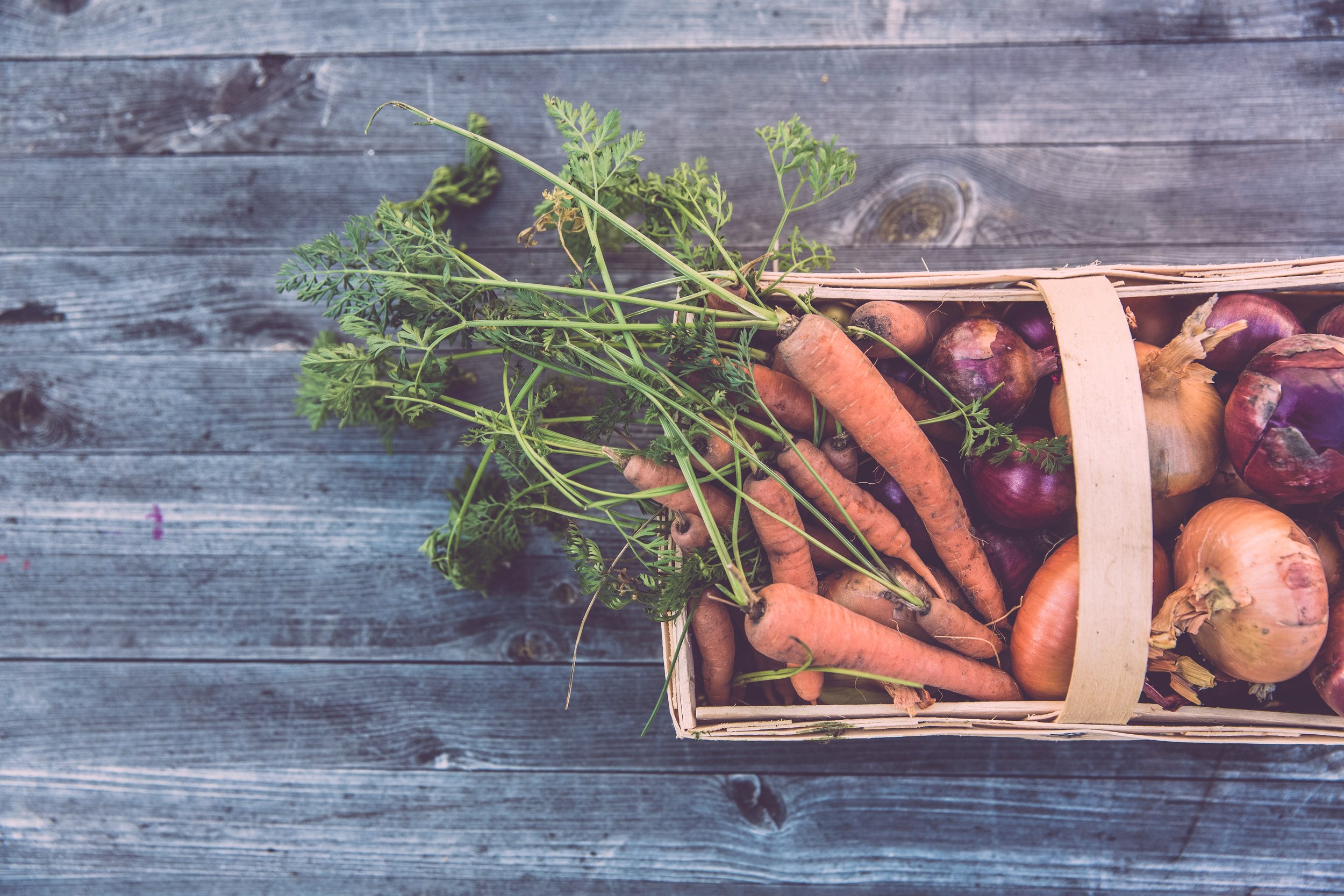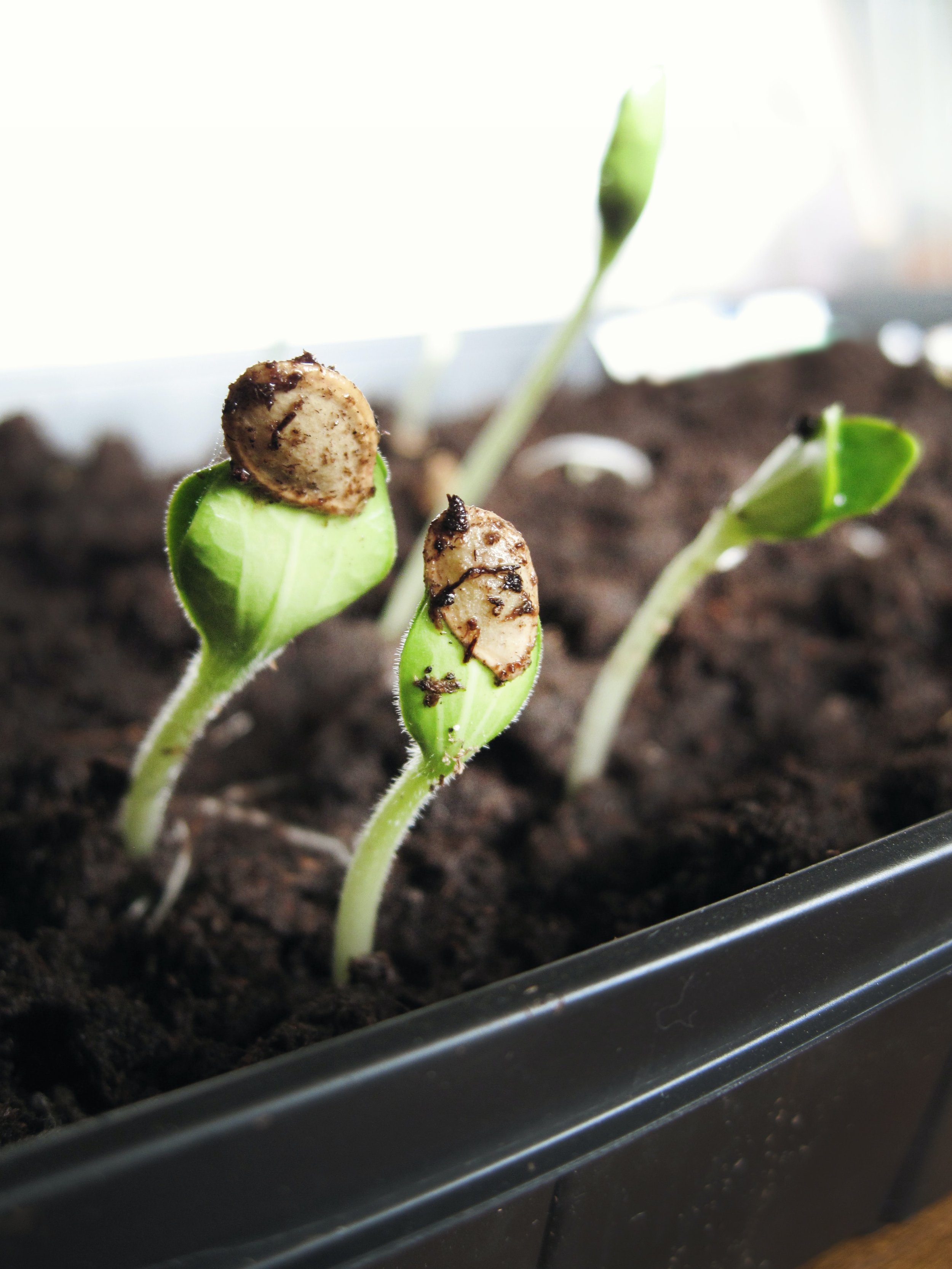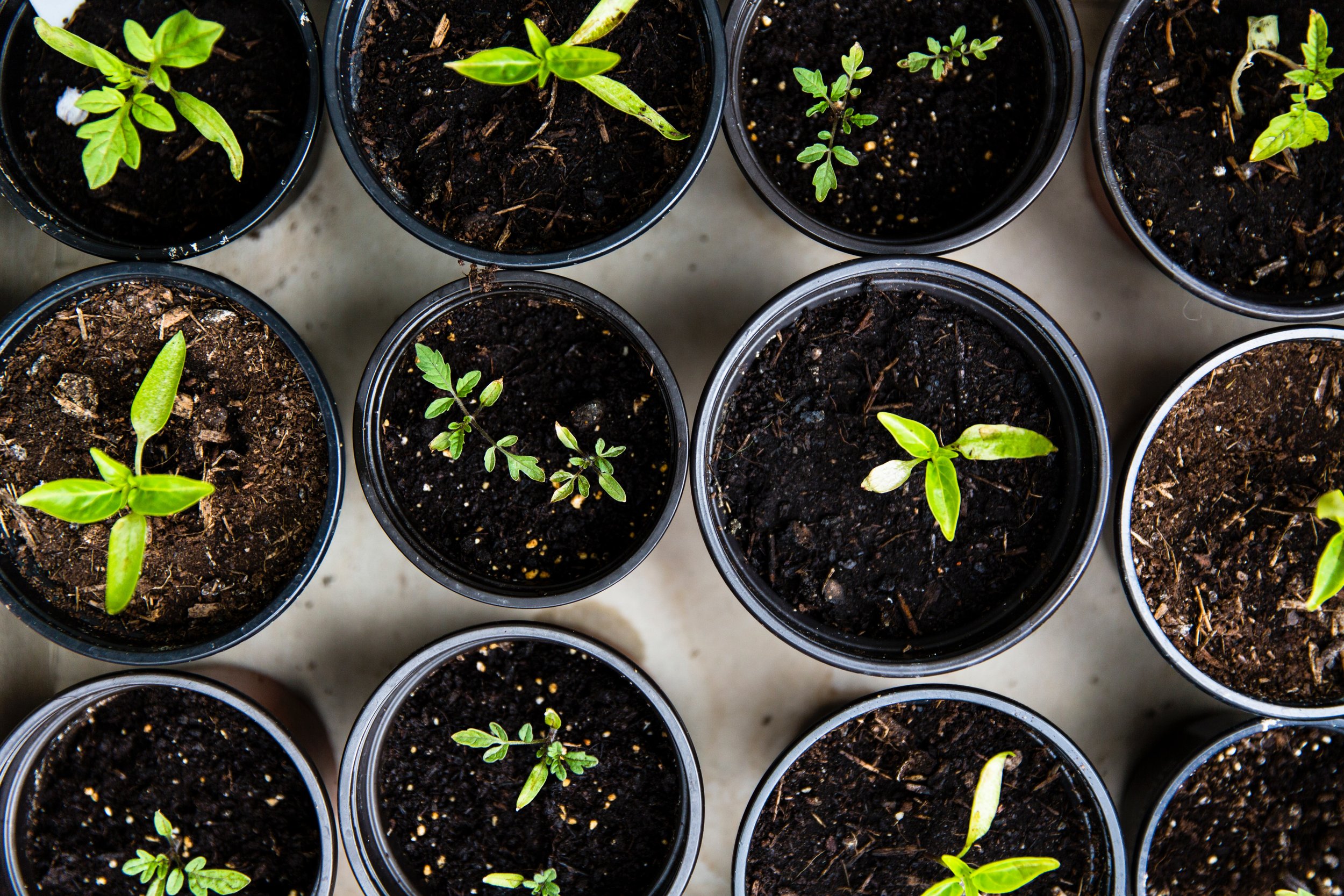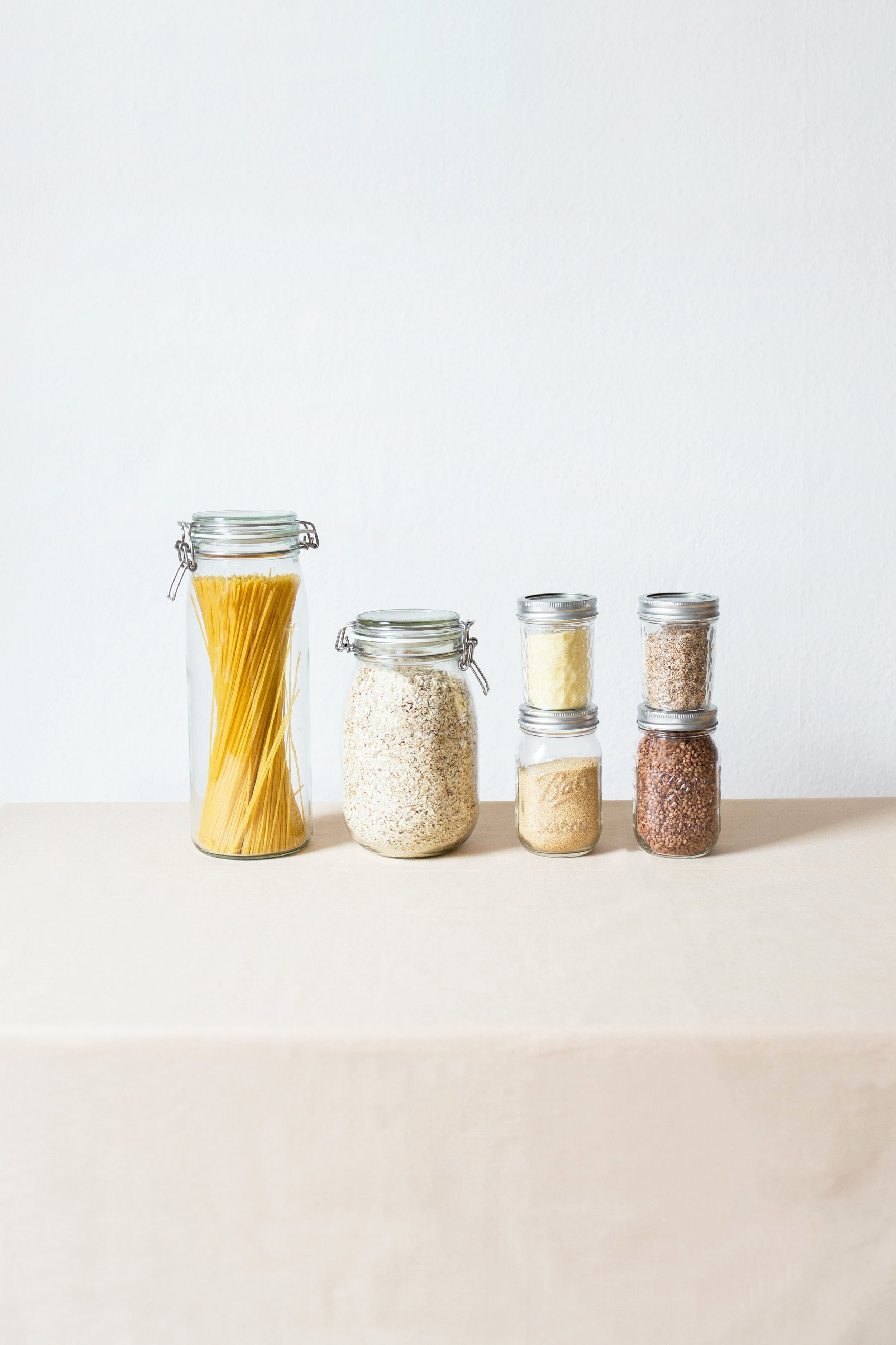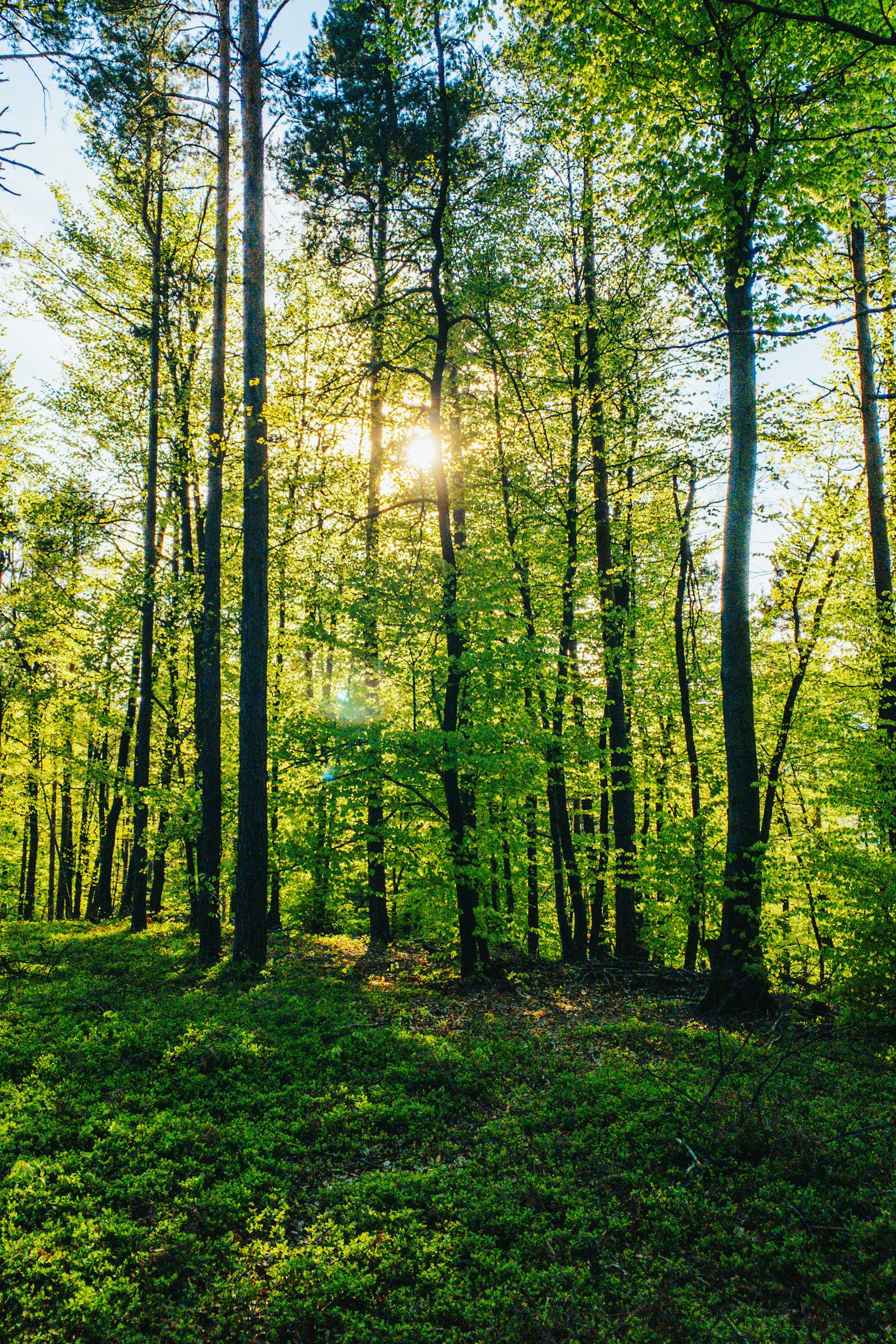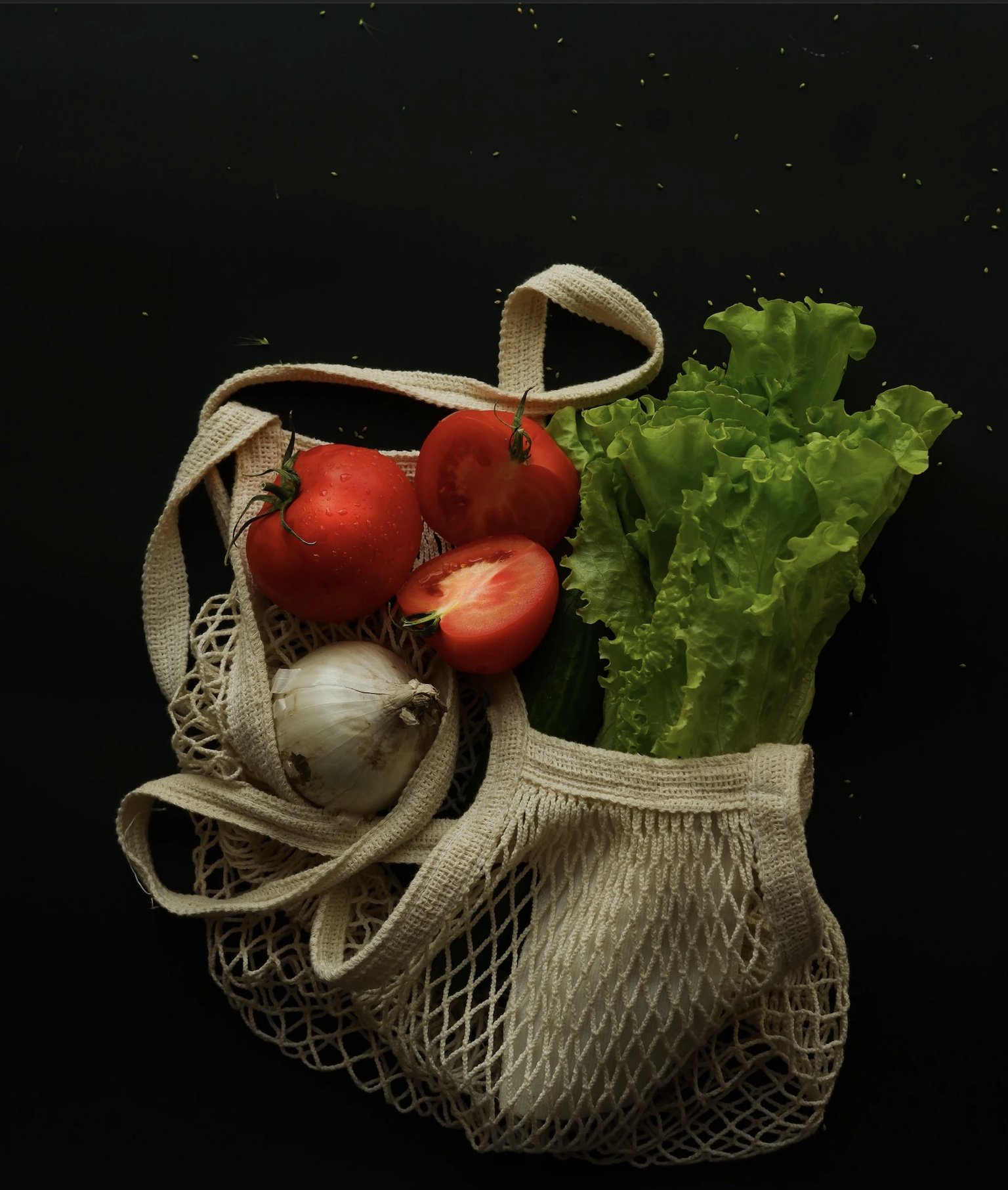Give your old clothes new life as bags, home-wares, and accessories. Upcycling old clothes into new, useful items is not just an eco-friendly activity but also a fun and creative one. Not only does it reduce textile waste, but it also allows you to express your unique style and craftsmanship. There’s joy in upcycling. We will show you how to get started:
Assess Your Wardrobe:
Begin by sorting through your wardrobe for items that are no longer in use or are showing signs of wear and tear. Look for fabrics that are still in good condition and can be repurposed into new creations.
Photo by Adrienne Leonard on Unsplash
Choose Your Project:
Decide what you want to create from your old clothes. Bags, such as tote bags or pouches, are popular choices for upcycling projects. Alternatively, you could transform old t-shirts into throw pillows, denim jeans into coasters, or sweaters into cosy mittens. These are just a few ideas. We’ve found some fabulous projects: check out the links below.
Photo by Giorgio Trovato on Unsplash
Gather Your Materials:
Once you've chosen your project, gather any additional materials you might need, such as sewing supplies, zippers, buttons, or embellishments. Consider mixing and matching different fabrics and textures to add visual interest to your creations.
Photo by pina messina on Unsplash
Get Creative:
Let your imagination run wild as you breathe new life into old garments. Cut, sew, and embellish your pieces to create unique and functional items that reflect your personal style. Experiment with different patterns and techniques to achieve the desired look.
Embrace Imperfections:
Remember that upcycling is about embracing imperfections and giving new purpose to old materials. Don't be discouraged by mistakes or uneven stitches; they add character to your handmade creations.
Photo by lucas mendes on Unsplash
Share Your Creations:
Once you've completed your upcycling projects, proudly showcase your creations to friends, family, and the online community. Not only will you inspire others to embrace sustainable practices, but you'll also gain satisfaction from knowing that you've contributed to reducing textile waste.
Photo by Sasha Matveeva on Unsplash
Upcycling old clothes into bags, homewares, and accessories is not only a creative way to breathe new life into forgotten garments but also a meaningful step towards a more sustainable future. So, roll up your sleeves, unleash your creativity, and let the transformation begin!
Photo by DESIGNECOLOGIST on Unsplash
Projects
Upcycling jeans: For some gorgeous ideas for giving jeans a new life, check out 74 AWESOME ideas to recycle jeans | My desired home
Not quite clothing, but old blankets can provide wonderful material for beautiful home and clothing projects. Familyhandyman.com has a variety of ideas from an adorable fox hot water bottle cover to a guitar case!
https://www.familyhandyman.com/list/ways-to-repurpose-an-old-wool-blanket/
With their fun colours and patterns, baby clothes are perfect for transforming in to super cute home décor.
https://diycandy.com/upcycled-clothing-ideas/ has a lovely idea for a baby clothes throw pillow as well as a sweater-upholstered stool and a lumberjack shirt throw. For something really fun, check out their faux cacti made from old socks!





